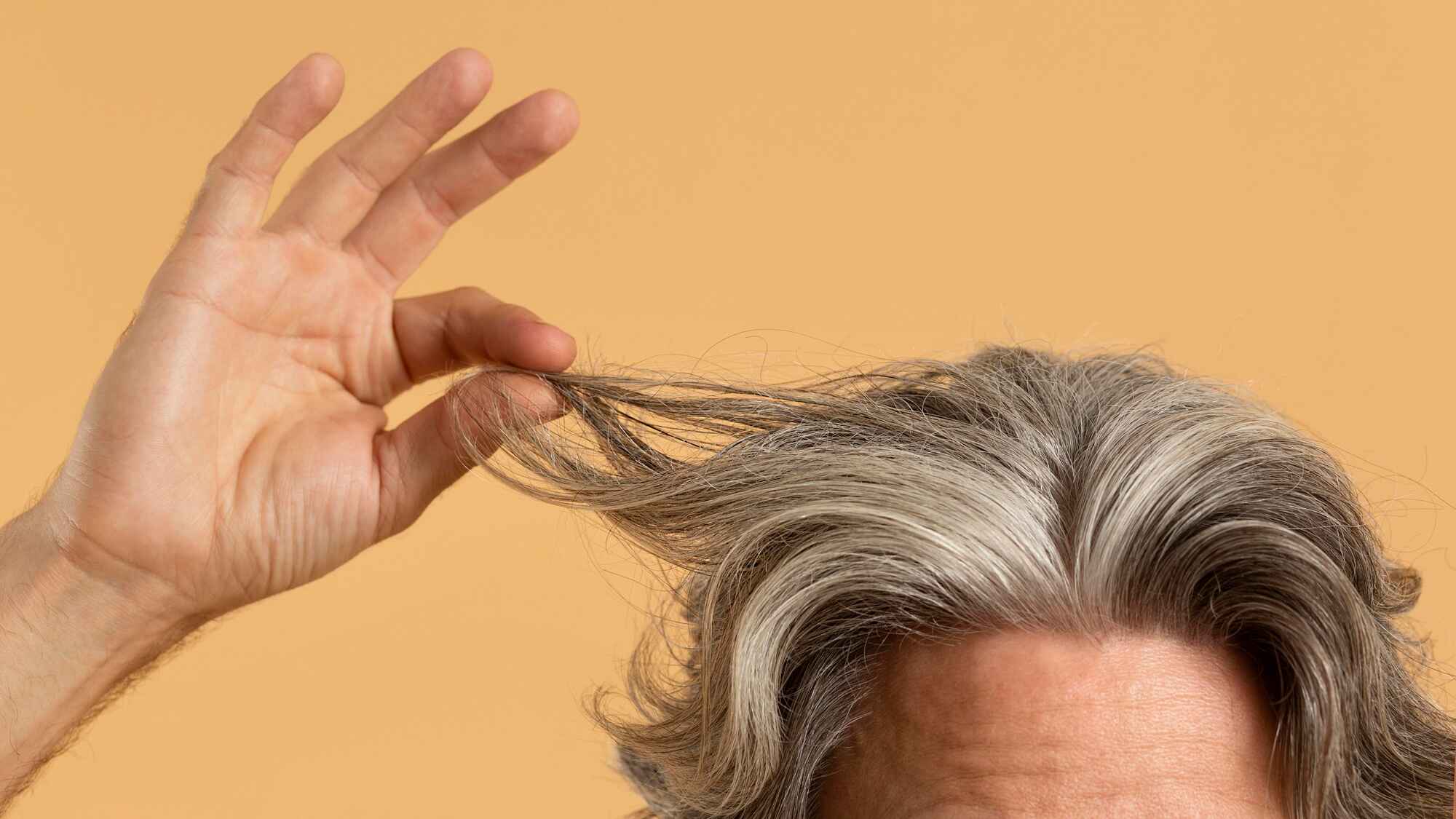
Biological Differences Between Male and Female Hair
Hair is a defining feature of human appearance, and while it shares similarities between males and females, there are distinctive biological differences that set them apart. These differences are rooted in genetics, hormonal influences, and structural composition. Genetically, males typically have an XY chromosome pair, while females have an XX chromosome pair. This chromosomal difference leads to variations in hormone production, such as higher levels of testosterone in males and estrogen in females. Additionally, the structural composition of hair follicles differs between genders, resulting in variations in hair thickness, growth patterns, and even balding tendencies. Let’s delve into the specifics:
Hormonal Influence
Hormones play a significant role in determining hair characteristics. In males, higher levels of androgens, particularly testosterone, influence the development of terminal hair—the thicker, coarser hair found on the face, chest, and other areas. This is why males tend to have more facial and body hair compared to females.
In contrast, females have lower levels of androgens and higher levels of estrogen, which contribute to the growth of vellus hair, the fine, soft hair that covers much of the body. These hormonal differences also influence the type and pattern of hair loss experienced by each gender.
Hair Growth Patterns
The pattern of hair growth on the scalp differs between males and females. In males, it’s common to experience a more distinct pattern of hair loss, often referred to as male-pattern baldness or androgenetic alopecia. This typically starts with a receding hairline and thinning at the crown. In females, hair loss is more likely to be diffuse and spread evenly across the scalp, with less noticeable receding. This difference is attributed to varying hormonal influences and genetic predispositions.
Hair follicle size
The size of hair follicles also varies between genders. Generally, male hair follicles are larger, which contributes to the development of thicker and coarser hair strands. These larger follicles are also responsible for the growth of terminal hair in areas such as the face and body. In contrast, female hair follicles tend to be smaller, resulting in finer and softer hair. This is why female facial hair, if present, is typically lighter and less coarse. These differences in hair follicle size and hair texture between genders are primarily influenced by hormonal factors. Testosterone, the primary male sex hormone, promotes the growth of larger hair follicles and stimulates the production of terminal hair. On the other hand, estrogen, the primary female sex hormone, contributes to smaller hair follicles and finer hair texture.
Hair Growth Cycle
The hair growth cycle is consistent across genders, but the duration of specific phases may differ. The cycle comprises the anagen (growth) phase, the catagen (transition) phase, and the telogen (resting) phase. The anagen phase, in which the hair actively grows, may be longer in females. This can contribute to the potential for longer hair. However, individual variations in the length of each phase can be significant.
Hair Density
Overall hair density, or the number of hair follicles per square inch of the scalp, can vary. Males often have slightly higher hair density compared to females, especially in the frontal and crown regions. This higher density can contribute to the appearance of thicker hair, particularly in areas less affected by androgenetic alopecia. Hair density is influenced by genetic factors and hormonal balance. Androgenetic alopecia, also known as male or female pattern baldness, can cause a decrease in hair density over time due to the shrinking of hair follicles.
Patterning of Hair Follicles
The arrangement of hair follicles on the scalp can differ between males and females. In males, hair follicles are often arranged in a more centralized, symmetrical pattern, which can contribute to the characteristic male-pattern baldness. In females, follicles may be more evenly distributed across the scalp. This difference in patterning can influence the appearance of hair thinning and loss.
Response to Hormonal Changes
Both males and females can experience hair changes in response to hormonal fluctuations. For instance, pregnancy, menopause, or conditions like Polycystic Ovary Syndrome (PCOS) can affect hair thickness and growth in females. These hormonal shifts can lead to changes in hair texture, density, and even temporary shedding.
Similarly, hormonal changes in males, particularly a rise in dihydrotestosterone (DHT), can lead to male-pattern baldness. DHT is a derivative of testosterone and has a miniaturizing effect on hair follicles, leading to the gradual thinning of hair in specific patterns.
Hair Care Practices
Male and female hair care practices can also contribute to differences in hair health. For example, certain hairstyles, treatments, or grooming practices, like tight ponytails or braids, can lead to hair loss. Additionally, the use of styling products, heat styling tools, and chemical treatments can have varying effects on hair health and appearance between genders.
Understanding these biological distinctions is important for tailoring hair care and treatment approaches to individual needs. Whether seeking for hair loss treatments or aiming to optimize hair health, recognizing these differences provides a foundation for effective care and management. By appreciating the unique characteristics of male and female hair, individuals can make informed decisions regarding their hair care routines and treatment options.



